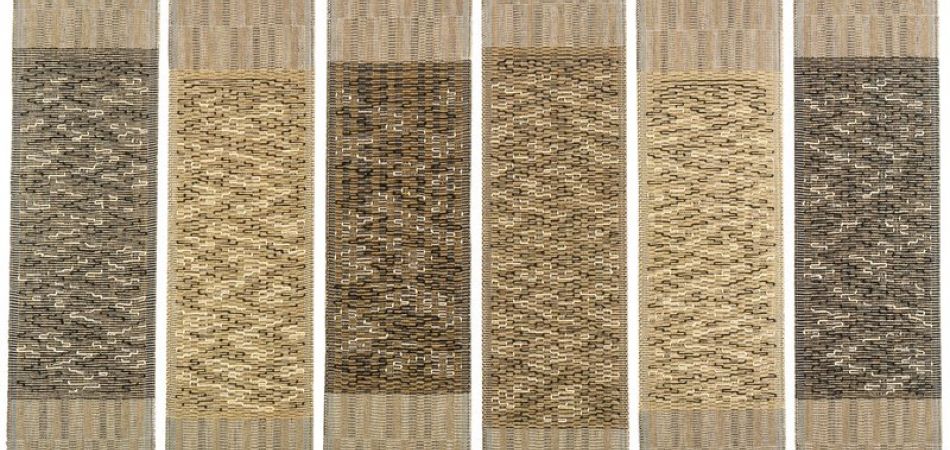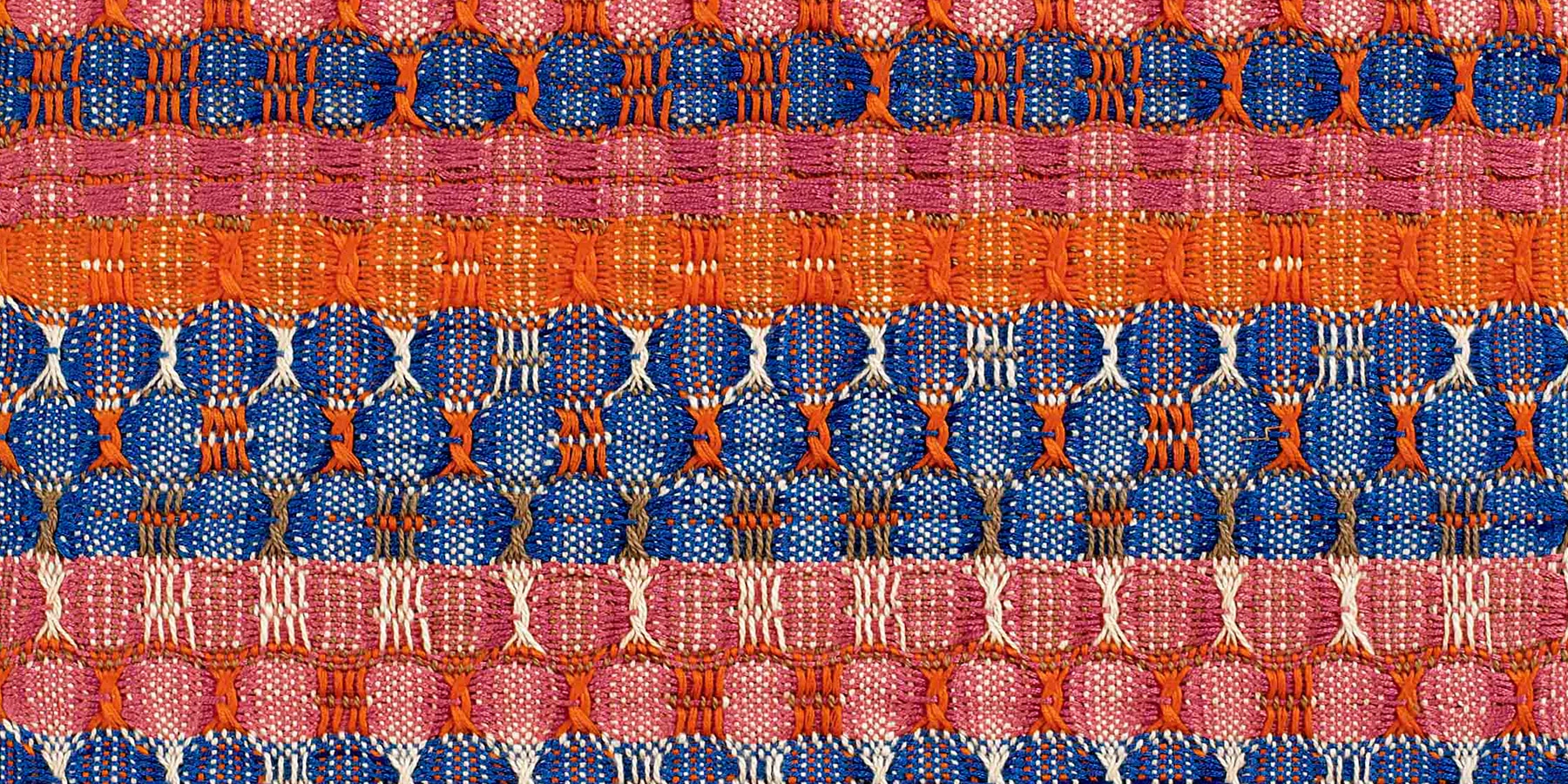“A whole way of life lies before me.
I sense the loves, the secrets, the souls of all those who worked so that this woman in front of me on the tram should wear around her mortal neck the sinuous banality of a thread of dark green silk on a background of light green cloth”.
The Book of Disquiet is full of such amazing, heart stopping moments captured in limpid yet often hugely dense prose. The genius of Pessoa is obsession with the fragmentary and the momentary and yet appreciation that behind each fragment and moment lies a whole world. A ‘whole way of life’.
Such it is with the green thread on a woman’s dress on a tram in central Lisbon. An everyday journey with everyday people and yet the thread, perhaps a cousin to the madeleine in Proust which stimulates memory of specific past events, is a surface glimpse of an entire past which is comprised of all of the separate individual contributions that have led to that woman wearing that dress with that thread being in that place on that tram at that time.
Those circumstances will never again occur in quite that formation. The observer is granted a unique opportunity in which to encompass the full history of the moment.
One might describe this as the antique quotidian.
A point in time in an unremarkable day that reflects so much else but is in itself of no consequence. Yet it reflects multitudes which are unknown to the observer. The observer knows that more of those multitudes are known to the wearer of the dress and that increasing degrees of knowledge can be extended to the point when the wearer first caught sight of the dress and then back to the point at which the maker decided to use that particular weave and that particular thread.
The full profundity starts to become apparent as seemingly incidental decisions culminate in a moment full of deep meaning for one observer on a Lisbon tram.
No wonder that the observer becomes dizzy. He imagines the lives of the workers, their realities, their homes, the source of the material. It all happens in a moment but is transcendental in effect.
The observer leaves the tram exhausted. As if he has lived a whole life. And, so, in the sense meant by Pessoa he has indeed through an acceleration of time’s arrow which has returned to its point of origin and then flown untethered through all the successive moments to pierce the eye of the observer.
I have a longstanding obsession with this notion of the everyday moment - how nothing can ever be quite the same again; that how something actually is depends on everything that has gone before so that each moment is truly antique culmination which by its very nature is as old as the hills.
Pessoa gives this the greatest effect of any writer of whom I am aware and uses the most extraordinary literary techniques to worry away at the simultaneity of direct profound recognition of the significance of a moment and the utter unknowability of why it is as it is.
To read The Book of Disquiet is to be waylaid by these extraordinary apercus on a continual basis.
The ‘regular irregularity’ of the thread both captures a moment and describes a whole way of writing about the world for which Pessoa is fabulously equipped. Underpinned by a lugubrious fatalism the constant battle to continue to live with banality and tedium is central to his view of the world.
Then the focus achieved through the individual moment brings everything into sharp, depleting and almost overwhelming relief.
That thread of dark green silk should be as well-known as the madeleine.






